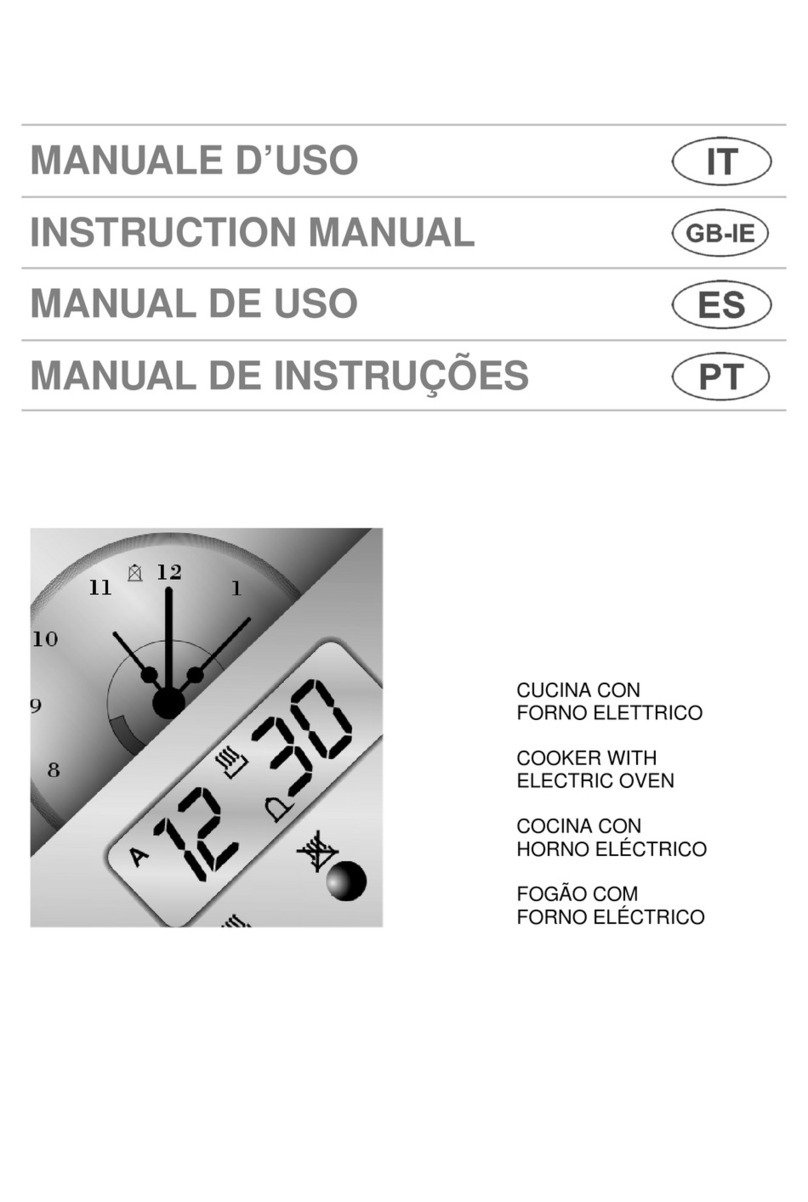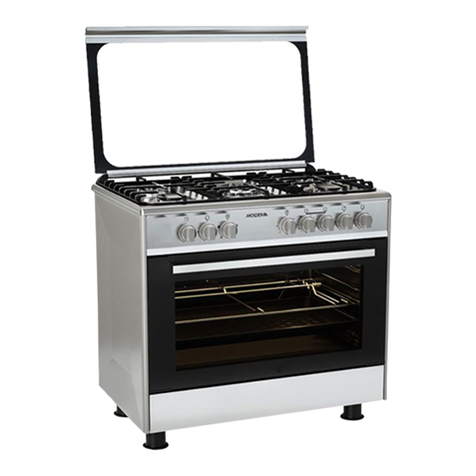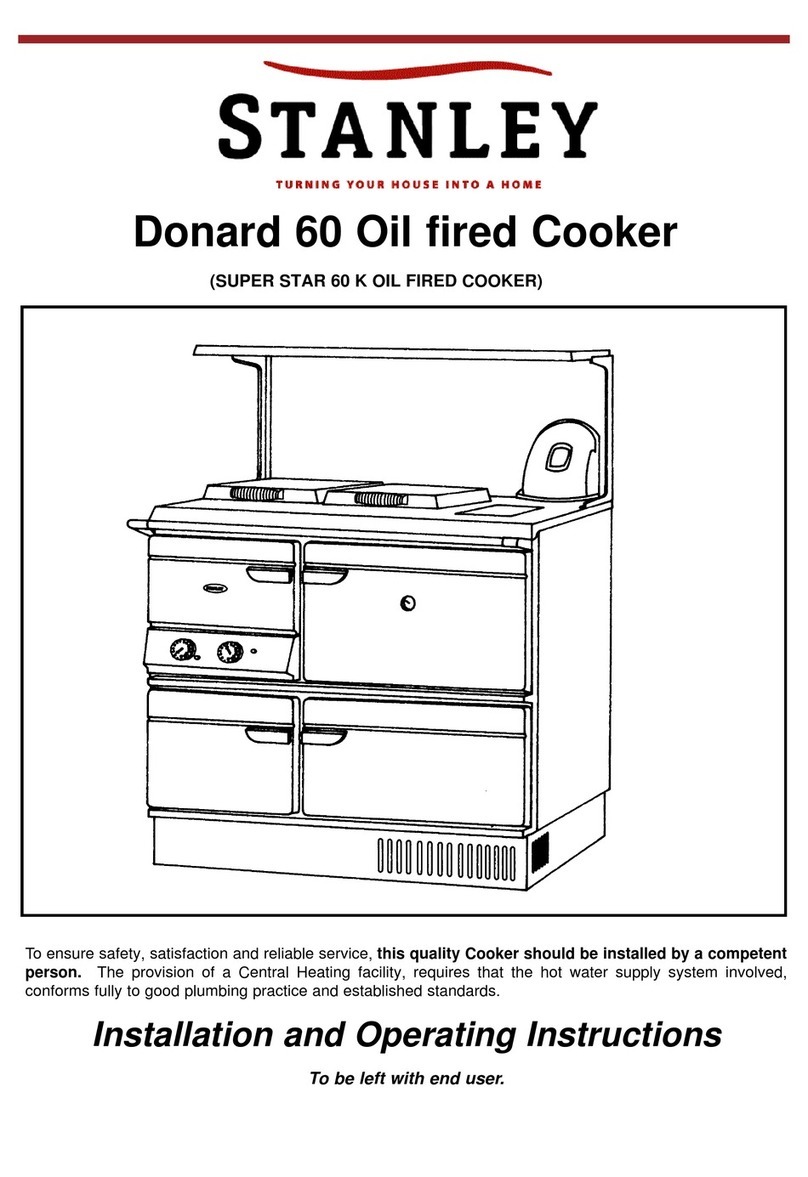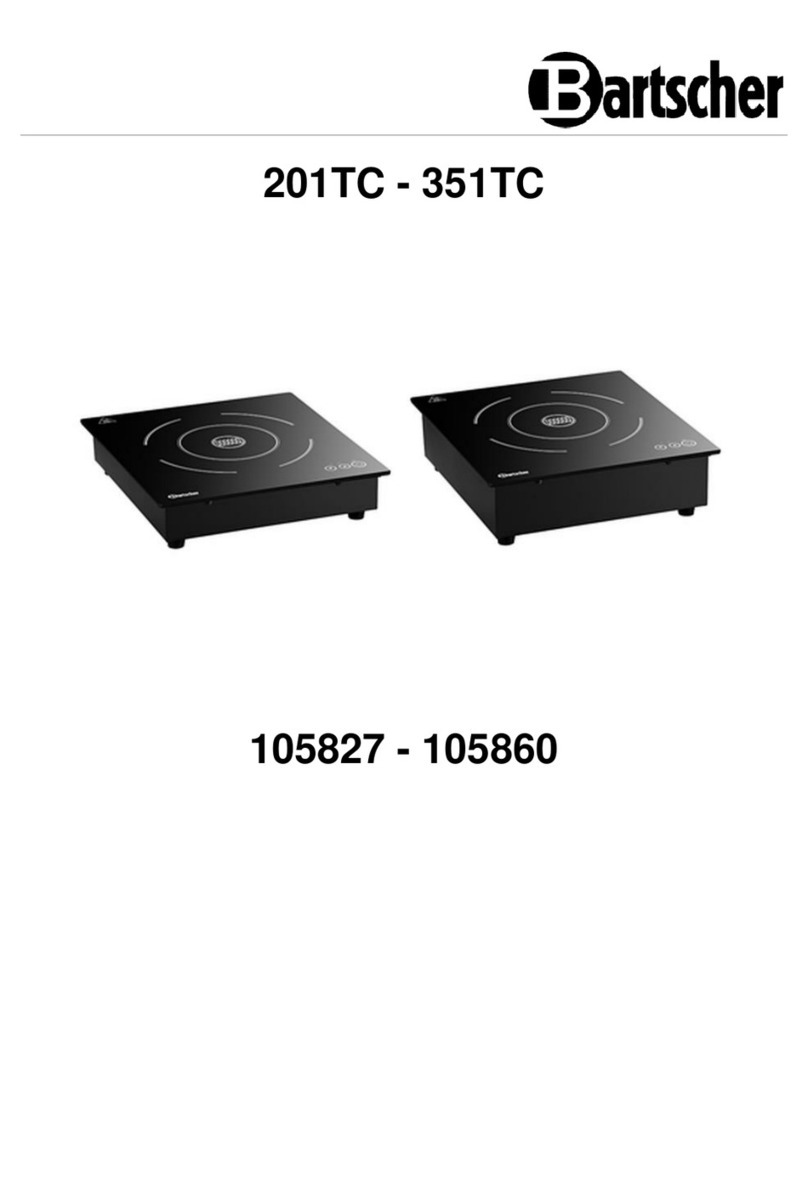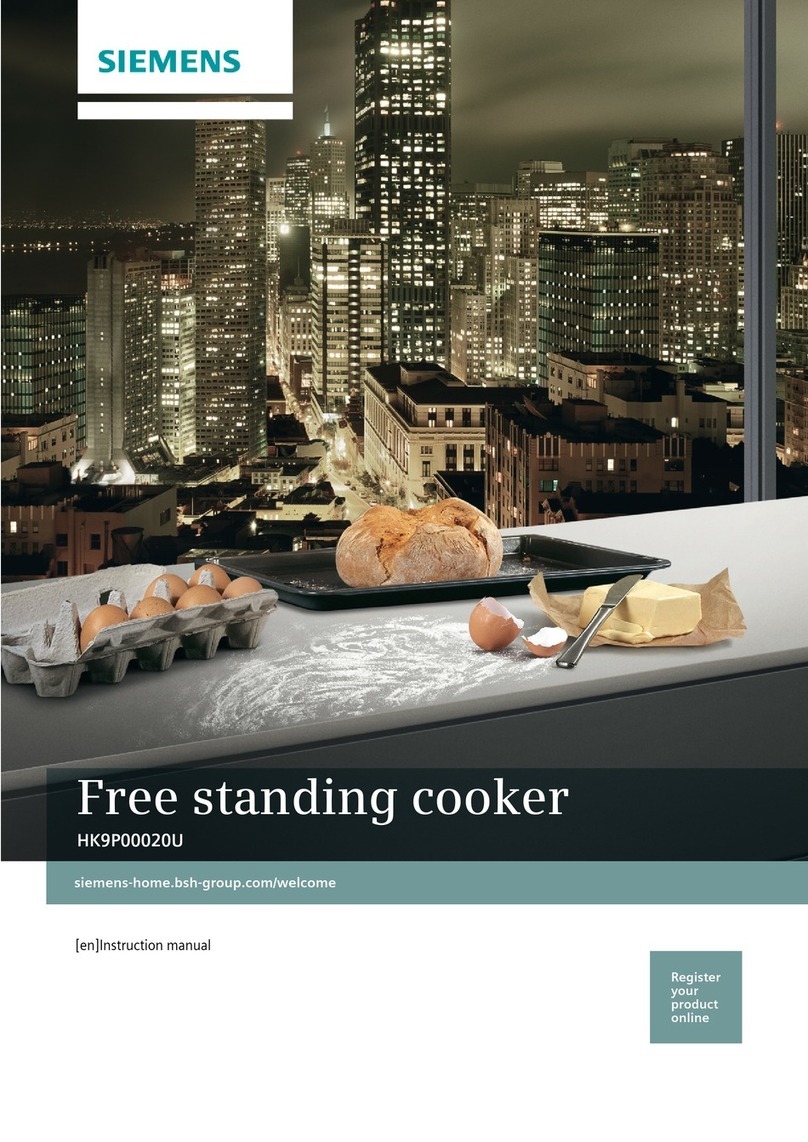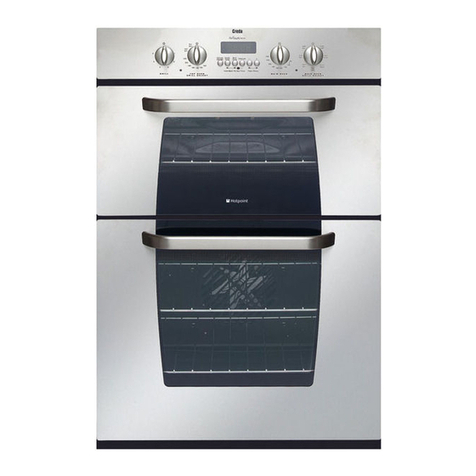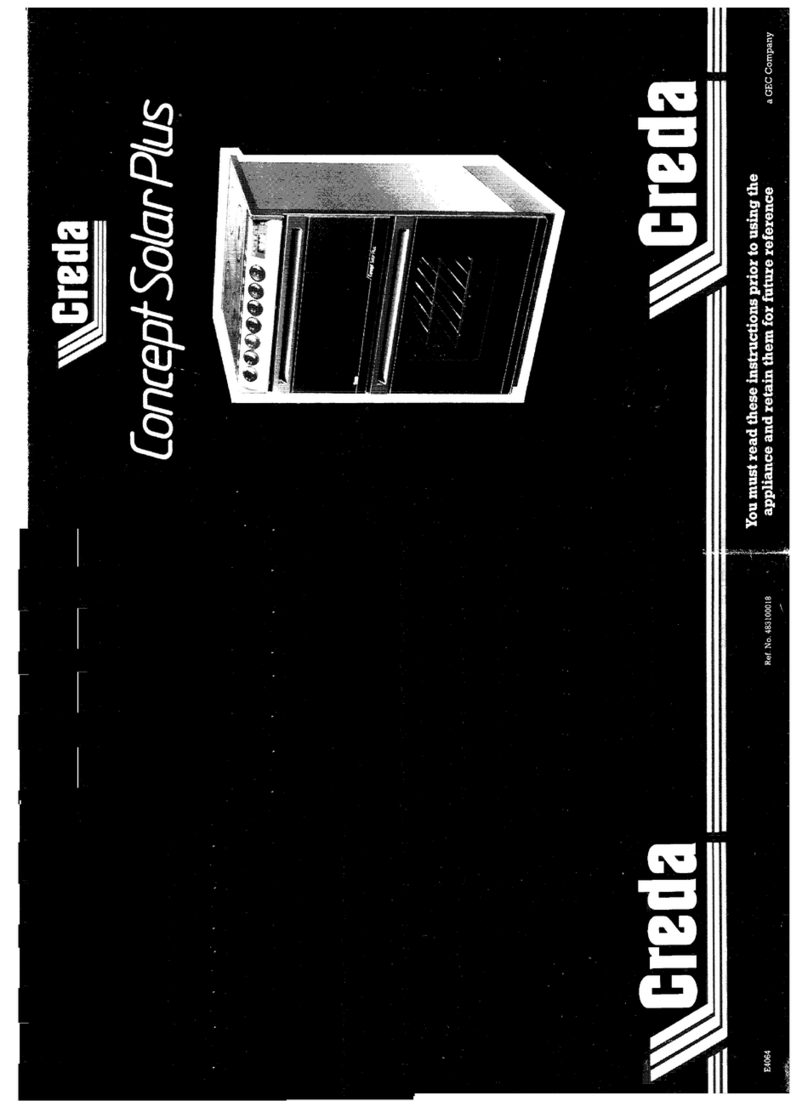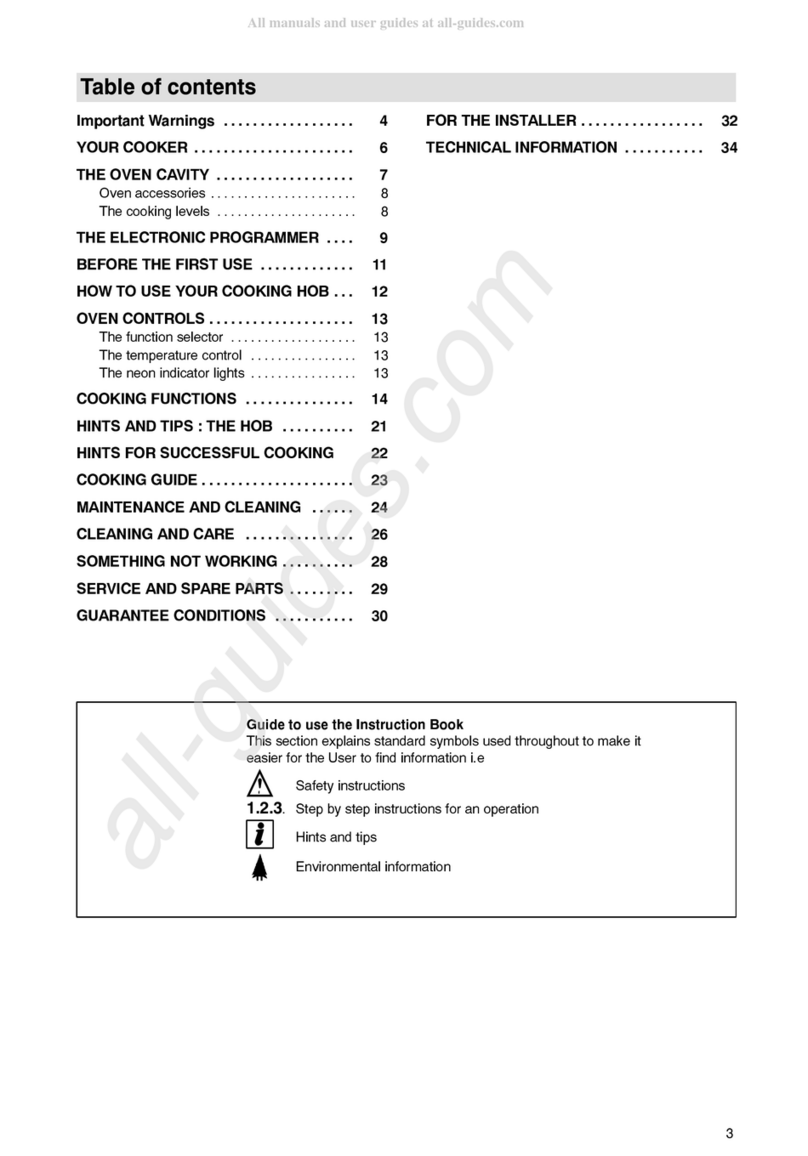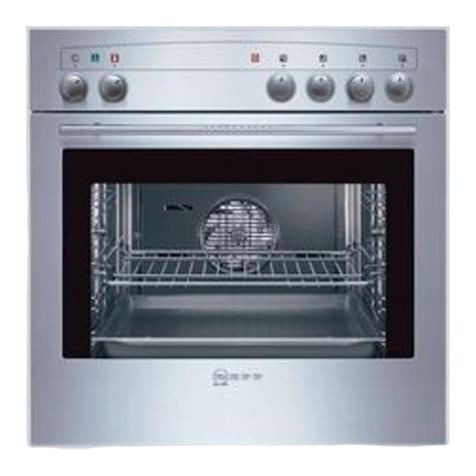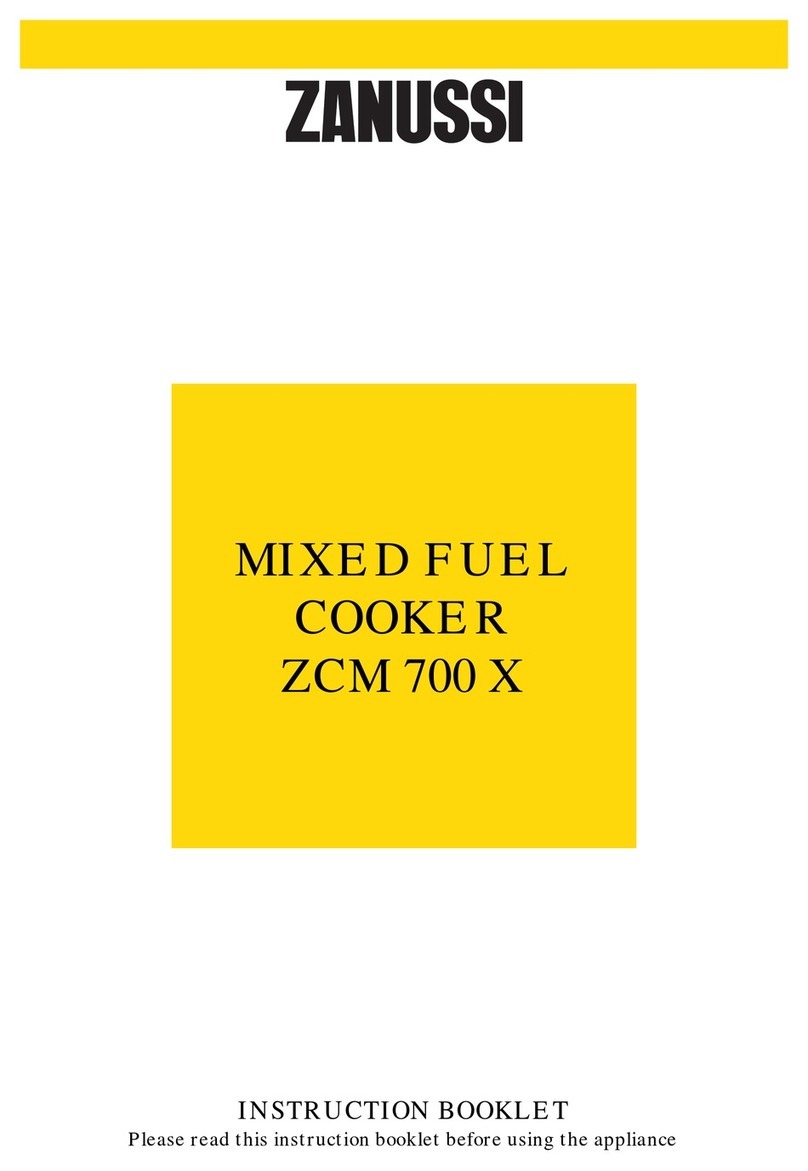Smeg CS6CMXA User manual
Other Smeg Cooker manuals
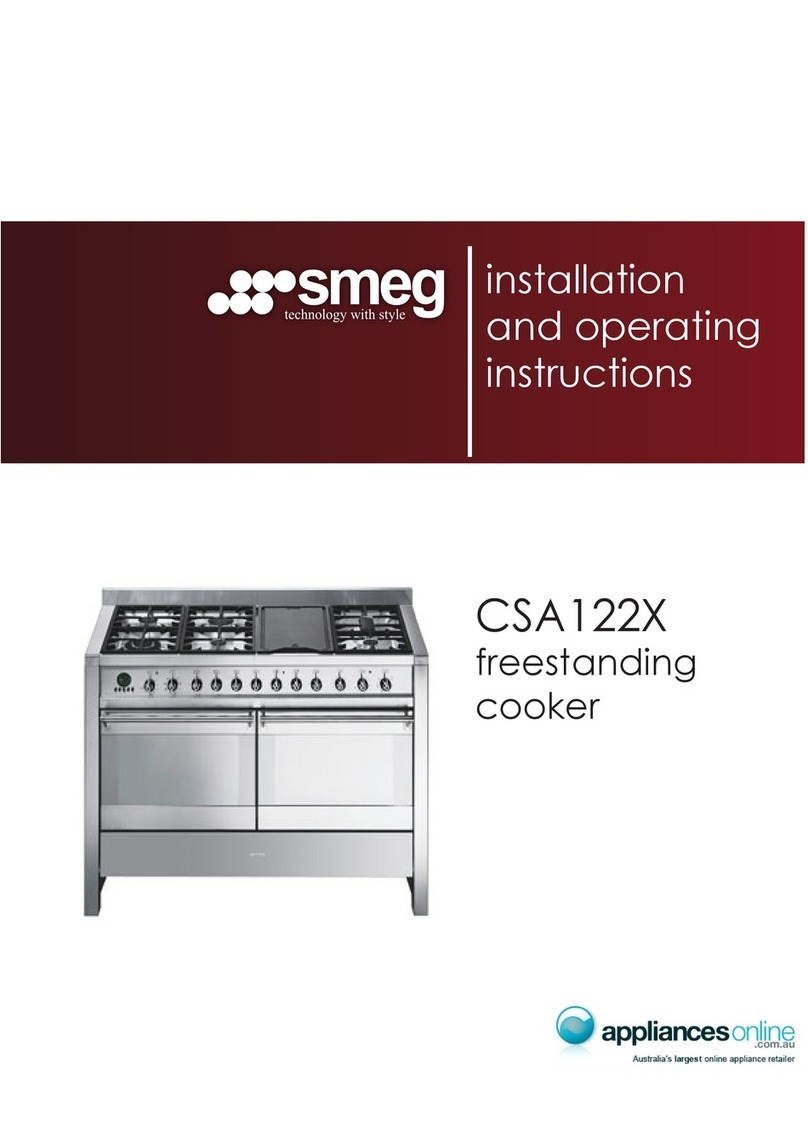
Smeg
Smeg Classic CSA122X User manual
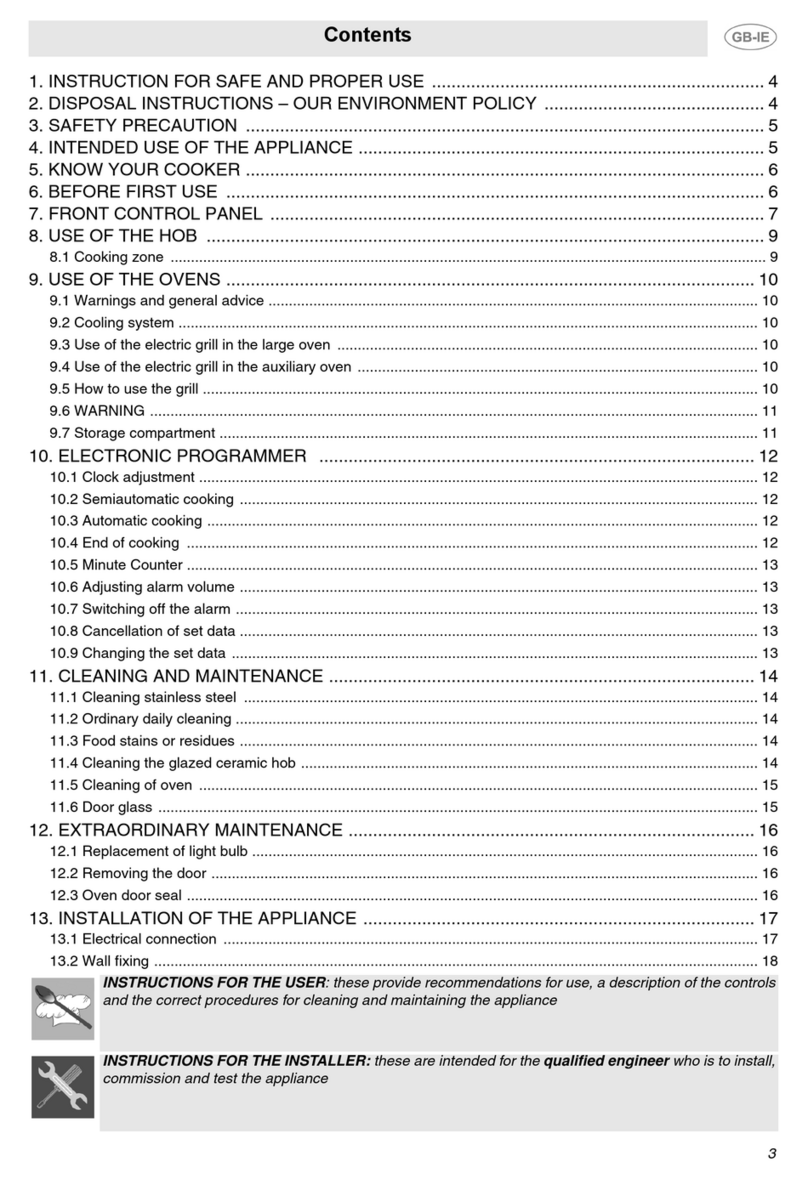
Smeg
Smeg SUK92CMX5 User manual

Smeg
Smeg C9IMXA User manual
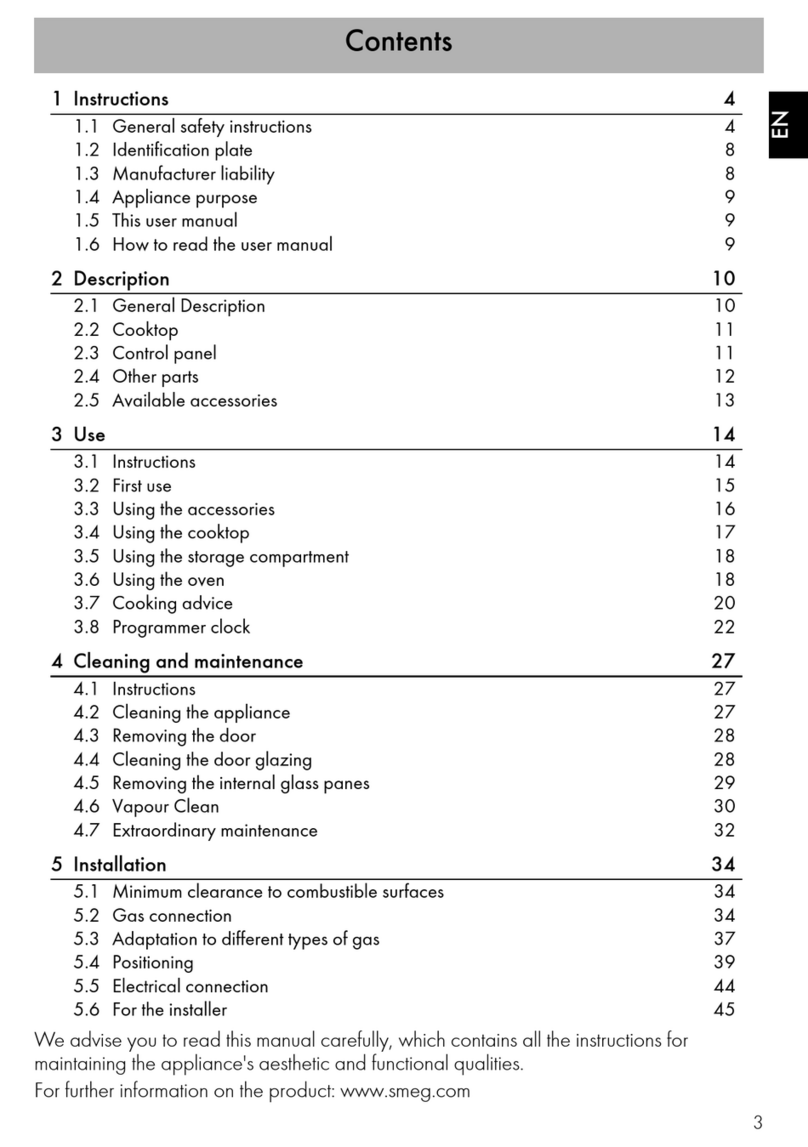
Smeg
Smeg Mista CS95GMNNA1 User manual
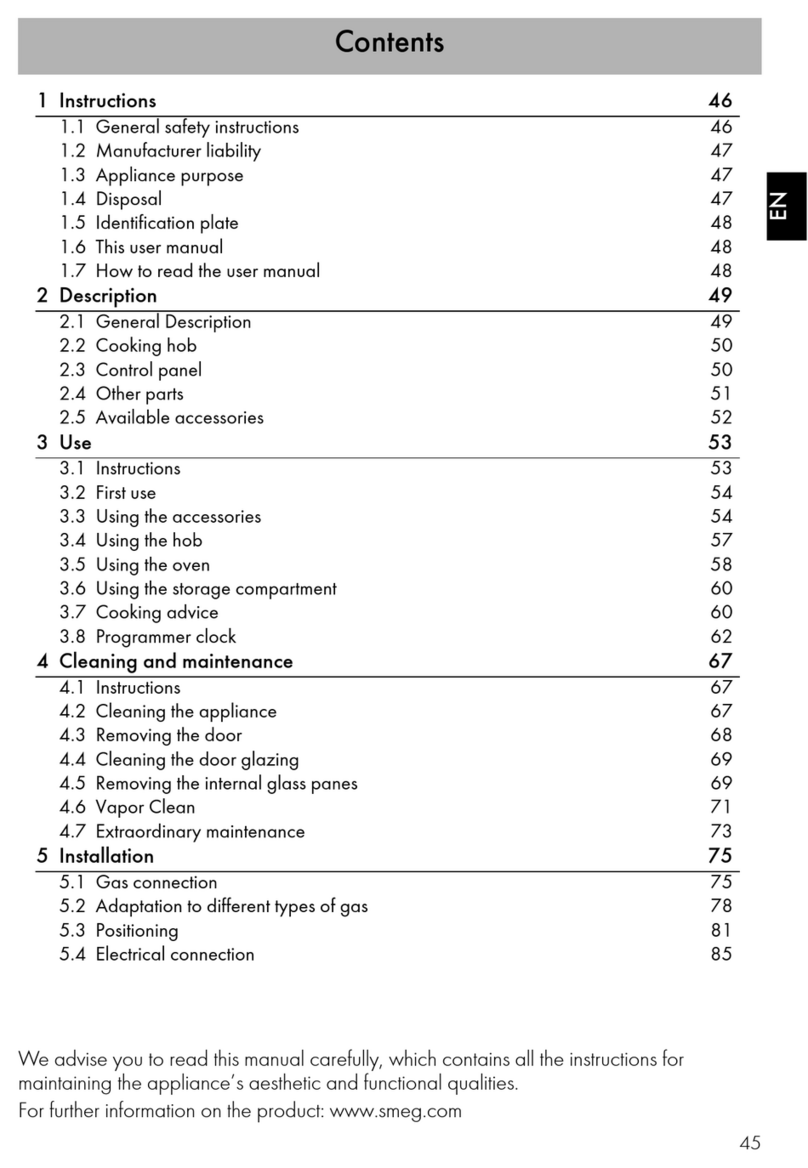
Smeg
Smeg C9GMX9 User manual
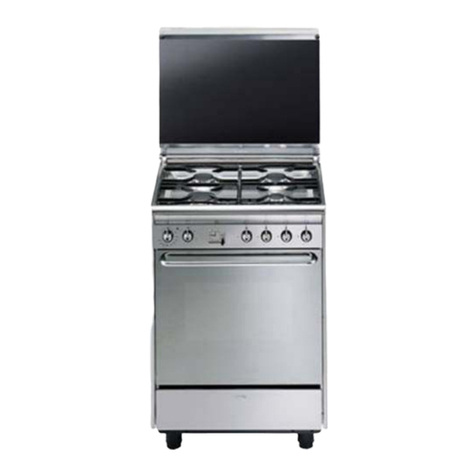
Smeg
Smeg CX51VE User manual

Smeg
Smeg Symphony SY93IBL User manual
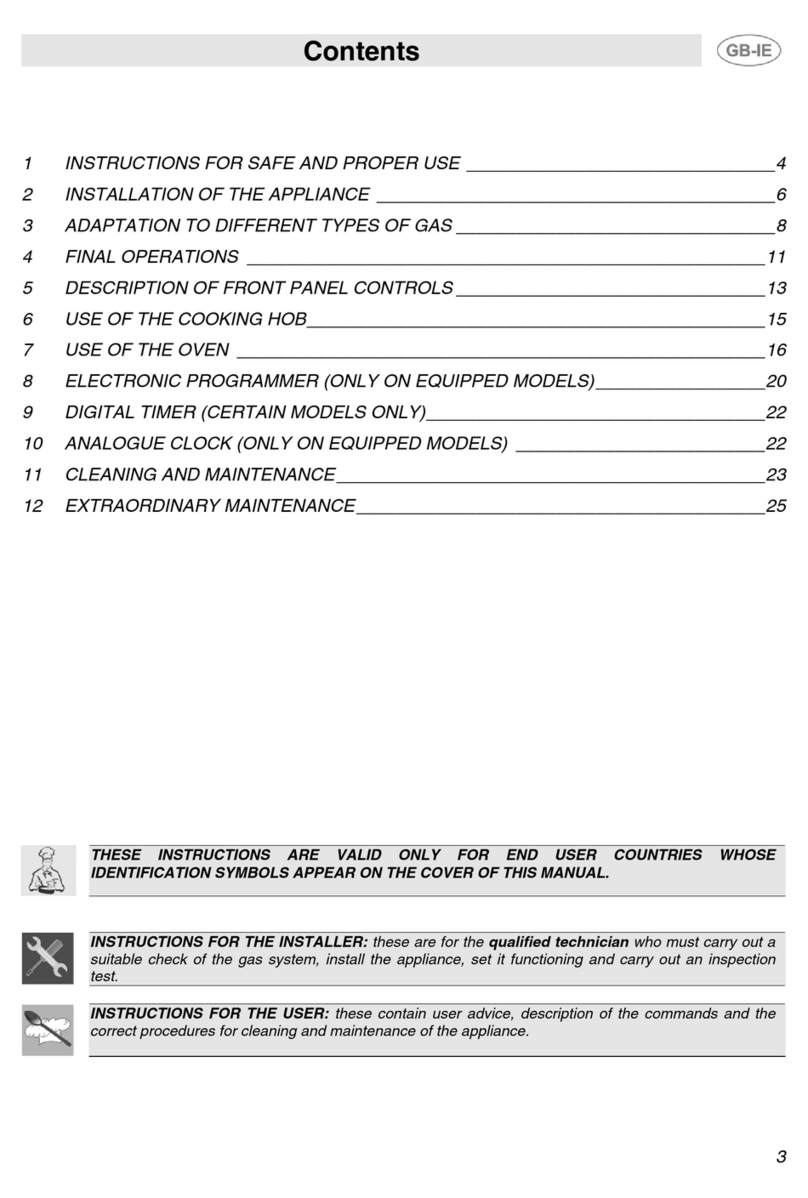
Smeg
Smeg SCB80GX User manual
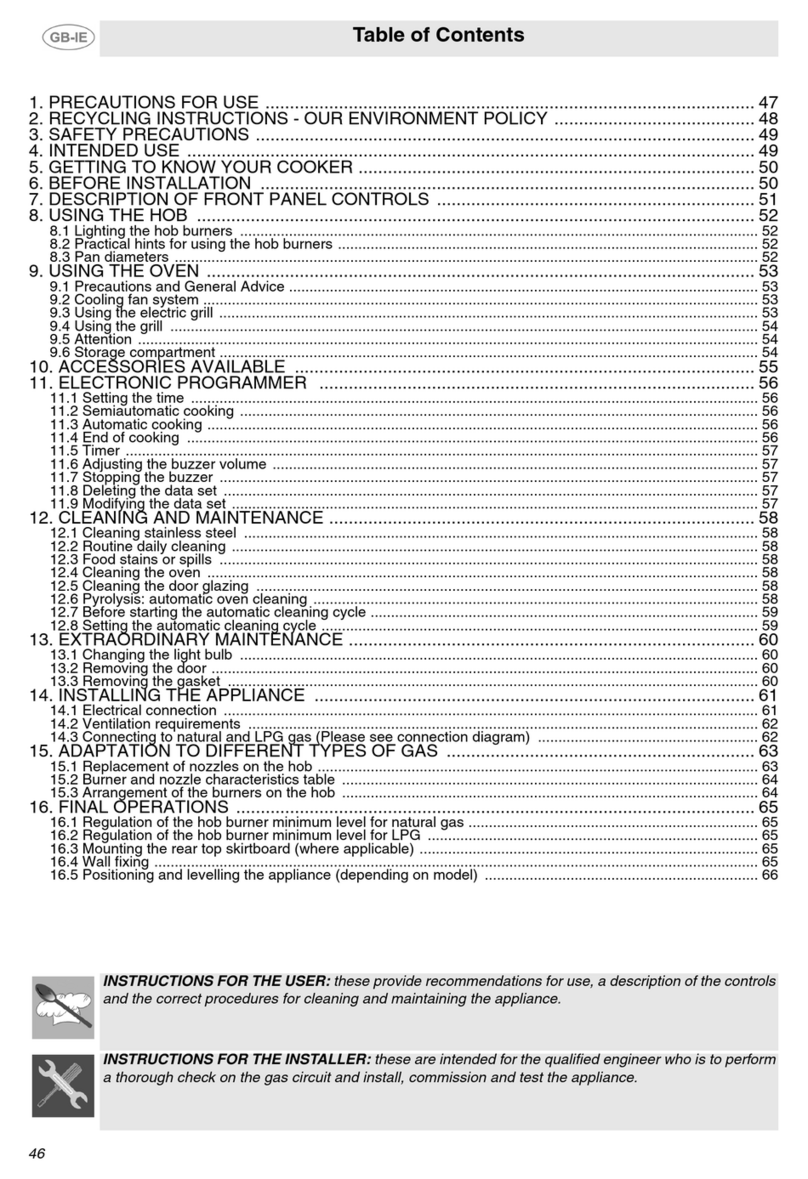
Smeg
Smeg CP60X User manual

Smeg
Smeg SUK61CMA5 User manual
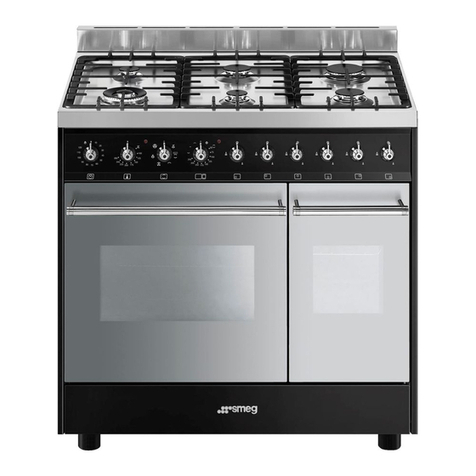
Smeg
Smeg C92DBL9 User manual
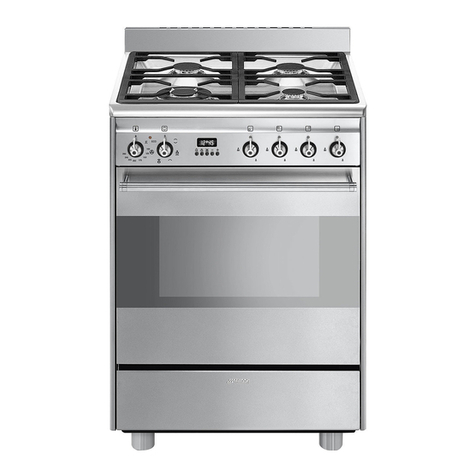
Smeg
Smeg CX61VMLS8 User manual

Smeg
Smeg VA61XVG User manual
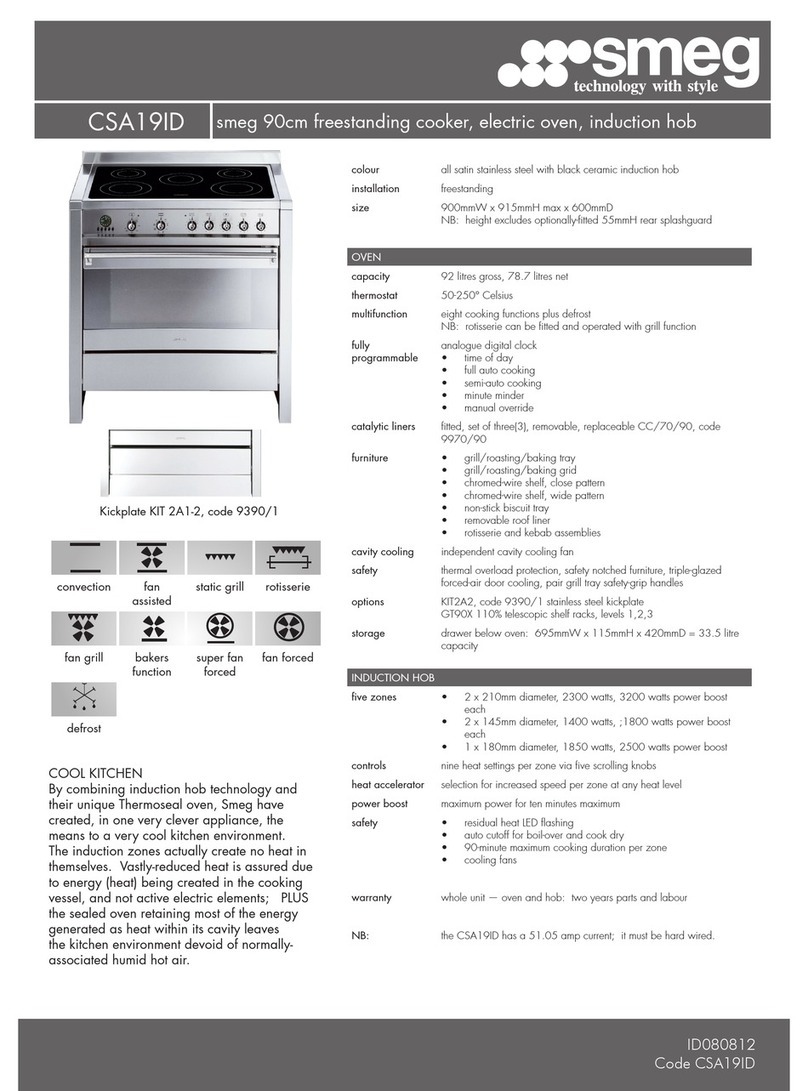
Smeg
Smeg CSA19ID User manual
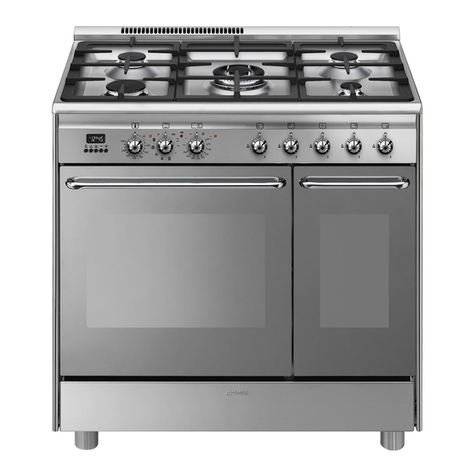
Smeg
Smeg GM 95 User manual

Smeg
Smeg C9GVXI9 User manual

Smeg
Smeg SCB90MFX2 User manual

Smeg
Smeg Classic CSA122X User manual

Smeg
Smeg A31X-7 User manual

Smeg
Smeg Classica C95GPX9-1 User manual
Popular Cooker manuals by other brands

RiverGrille
RiverGrille TF2002501-RG Assembly instruction

Vollrath
Vollrath 69504F Operator's manual
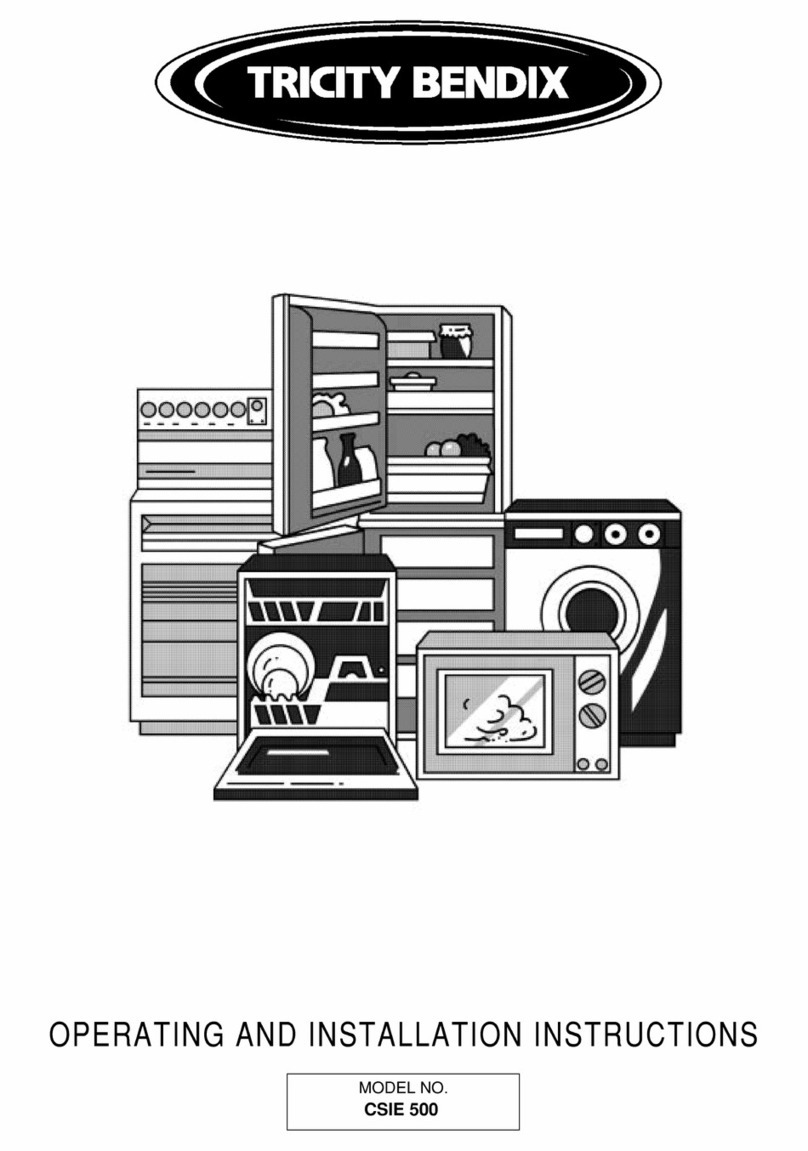
Tricity Bendix
Tricity Bendix CSIE500 Operating and installation instructions
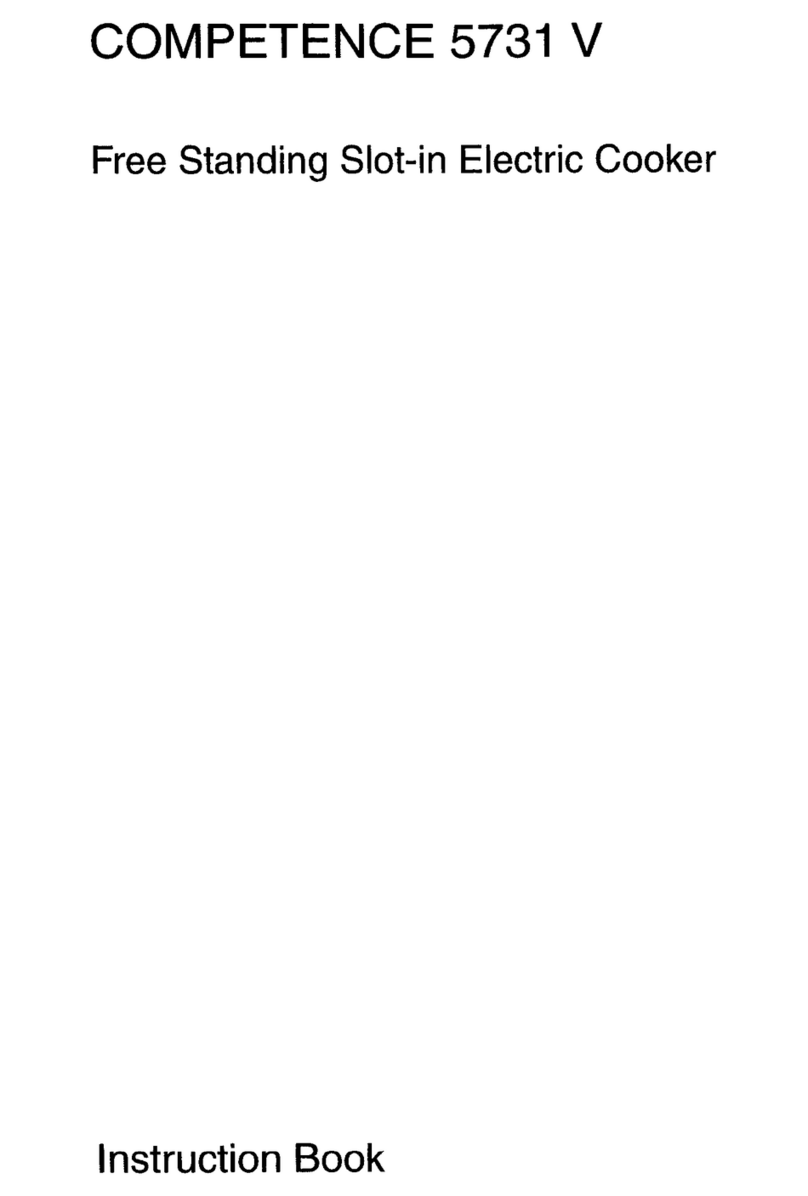
AEG
AEG Competence 5731 V Instruction book

Euromaid
Euromaid ES60 Installation and operation manual

Hotpoint
Hotpoint HUI 62 TP Instructions for installation and use

